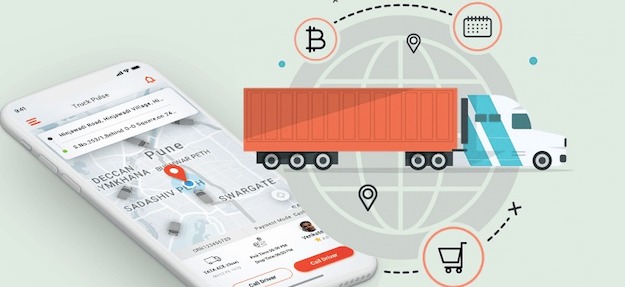For the past few years, technology keeps on improving, and we’re at a point where constant connectivity affects everything we do, and for many years computing and information technology have been changing the way business is handled by global and supply chains.
To date, there are more than 9 billion connected devices, and it continues to increase every year. That’s why experts even believe that by 2030, there will be more than 50 billion connected through the help of IoT technology, and more companies like JD Edwards offers software solutions that companies can use.
As the population also grows and becomes urbanized, this would create new constraint environments for resources like food and energy.
Transportation and logistics would also play a vital role in this, and if not correctly handled, it would hinder the growth technology can bring.
Basically, information and computing technology are excellent tools, but it’s essential to use them properly as well.
Here’s how the future of logistics will be shaped by emerging tech.
3D Printing Will Be More Relevant
3D printing can be very helpful in logistics because it encourages both local and regional productions. That’s why it’s no surprise if 3D printing will be widely used in the next 20 years.
It makes it possible to accommodate individual customer request during production, and for that reason, goods will no longer have to be sent halfway across the world. Now, they can easily be printed out close to the consumer. Even routes would experience a shift wherein fewer products will need to be shipped from distant locations.
As for the need for local production sites close to consumers, we’ll notice an increase in this, because there will also be a growth in last-minute shipping.
For the parts that should be replaced, there wouldn’t be a need to store these anymore. Instead, they can be printed on demand through the use of a 3D printer. This wouldn’t only save time, but overall cost as well.
IoT Technology and Its Impact
A a lot of companies have been using M2M, and more than 50% of them would definitely keep on using it in the future. Business owners are very much aware of what IoT could do with chain management, and that’s something they really look forward to.
For one, IoT allows managers to have a better understanding of what’s happening in the environment. It also gives them real-time data regarding energy consumption, present condition, and the status of inventory. Even the flow of materials can easily be monitored as well.
With IoT, it’s now easier to ensure that a company would be able to reach a broader scope of the audience as it brings more order to several players and moving parts in the logistics industry.
Even equipment and people monitor will never be an issue again. IoT would increase safety and security, but aside from that, it can also be used to predict possible problems and determine dangerous developments ahead of time.
UAVs Would Make Delivery Easier
Drones could have several uses, especially in logistics. For one, they are capable of providing significant relief for inner cities, as it could avoid traffic, because it’s flying up above.
Likewise, even though payloads are somewhat limited, rest assured that a network of drones is still capable of supporting the first and last-mile logistics network.
In terms of rural delivery, UAV technology has a lot to offer. It doesn’t have to worry about the most common problems others have to endure.
Then, with the surveillance of infrastructure, it could potentially reach the next level of operational excellence. That’s probably one of the few reasons why more and more companies are starting to welcome the idea of using drones in terms of logistics.
The Use of AI
With AI, it’s actually possible to unlock workers’ potential through the use of advanced computing to carry out various tasks that could be time-consuming and difficult for humans. In logistics, it can be used through voice recognition within wearable devices for warehouses that would allow the workers to do their jobs while engaging with WMS as well.
The Importance of Technology
Indeed, there are thousands of trends that would continue to affect the future of logistics, and this would include growth patterns. The logistics industry would no longer have to deal with exports from North America to Asia and vice versa. Now, it can easily be monitored. Flexibility is also guaranteed, and the needs of consumers can readily be determined.

